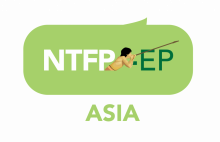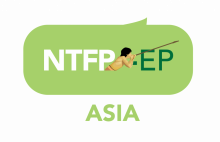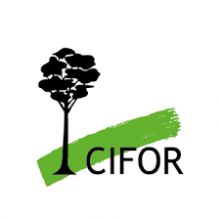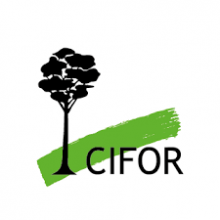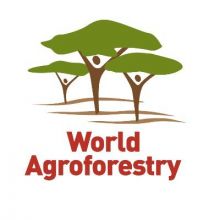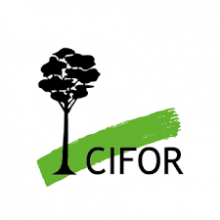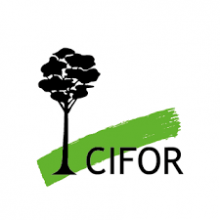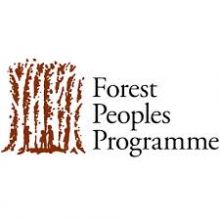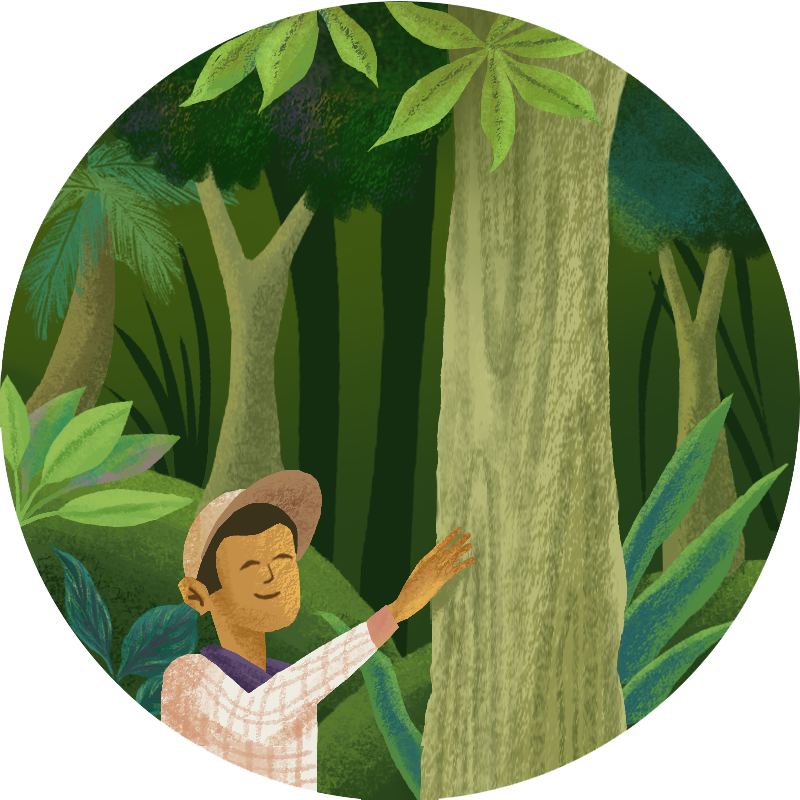Social forestry practice takes place at the local level, beginning with community needs and capacities. However, local people’s aspirations on concerns like rights to land and resources, equitable shares of forest benefits and cultural practices are often ignored in policy-making and planning processes. This results in worsening inequities and conflicts.
Social forestry programs intervene in the relationships between communities and forests and will impact local lives and livelihoods. For that reason, local aspirations need to be an integral part of policy objectives. Integrating local aspirations into social forestry processes ensures ownership, adoption and sustainability of the program.
Checklist questions
These questions examine procedural equity, including community participation and decision making. They also consider contextual equity, including gender roles, social and economic inequality, marginal and poor groups, and indigenous and minority groups.
- Have the stakeholders at the local level and their respective roles been identified? Have those who are most affected been identified?
- At which level is the community involved in social forestry? How can meaningful participation in social forestry processes be assured?
- How are the policy and program objectives set and by whom? How are local aspirations heard and incorporated into the objectives?
- Have the views of different groups including people of different genders, generations, marginal groups and ethnic minorities been considered?
Forest contributions to local livelihoods, cultural identity and climate change measures
Forests are important to local people for subsistence, cash income and cultural practices throughout the world. Local people use forests as sources of plant and animal-based foods, fuels and medicine. Multiple forest products are collected from forests and sold to generate incomes. Many cultural values and practices link to forests and use of forest products. There is great diversity in the way that people connect to forests, using distinct resources in distinct ways.
Globally, around 1.6 billion people rely on forests for livelihoods. In developing countries, more than 22 percent of household incomes come from forests.
Forest-dependent people include:
- Indigenous Peoples whose major source of livelihoods come from forests
- Rural people who rely on forests as a safety net or for supplemental income
- Smallholder farmers who practice agroforestry for subsistence and income
- Artisans or employees of forest-based enterprises who use forest products
In Southeast Asia, some examples exist on forest contributions to livelihoods and climate change adaptation and mitigation.
Assessing relevance, impacts and actors
In order to incorporate local aspirations, it is necessary to understand the importance of forests to local people and the possible impacts of any introduced activity to different groups of local people.
Some guides are available to assess the roles of forests in household welfare and livelihoods and the different gender roles in forest management. The importance of forests for local people is relative. Assessing forest importance to a community can be done from multiple points of view such as the degree of participation in forest activity, the forest's in local livelihood systems, the impacts of reduced access to forests and future importance of forest outputs.
Lessons learned from development dynamics at local scale show that introduced development impacts are gender specific. Another guide is available for gender mainstreaming in forestry. Social forestry can be seen as one type of development intervention, therefore gender needs to be considered as part of the approach.
Free, Prior and Informed Consent and conflict resolution
From an intervention perspective, incorporating local aspirations is part of the Free, Prior and Informed Consent process. The process ensures that local people are consulted and consent is given before implementation of any projects and programs. Social forestry can learn lessons from multiple Free, Prior and Informed Consent processes in the Philippines that illustrate challenges in implementing this principle from policy and technical perspectives.
As different groups exist within a community (gender, generation, marginal, ethnic minority), interests in, and impacts of, social forestry vary. Conflicts become inevitable at various stages of implementation. Lessons can be drawn from examples of conflict resolution among groups in a community and among community and external actors and governments, and using mediation processes to transform conflict.



